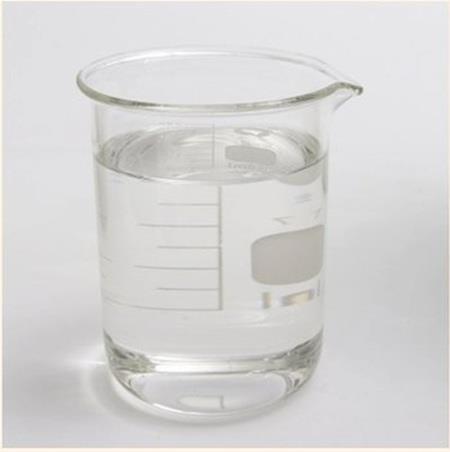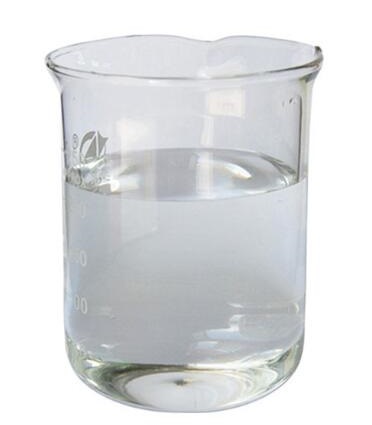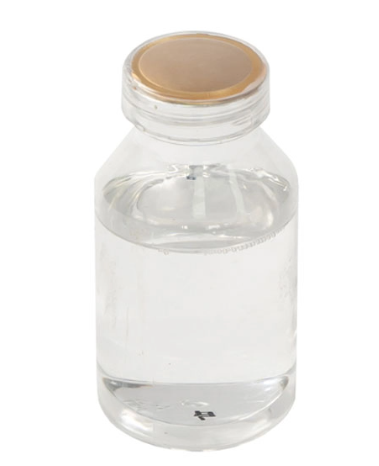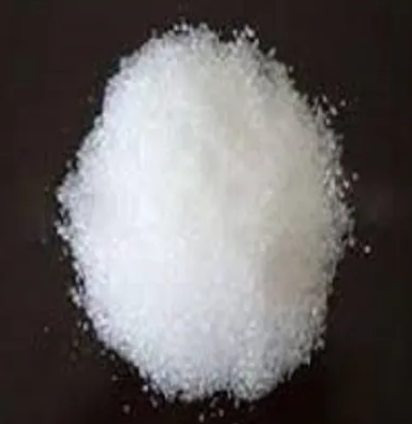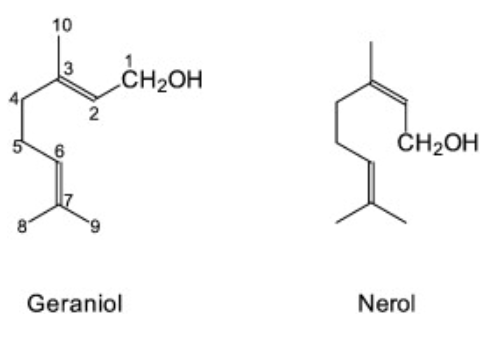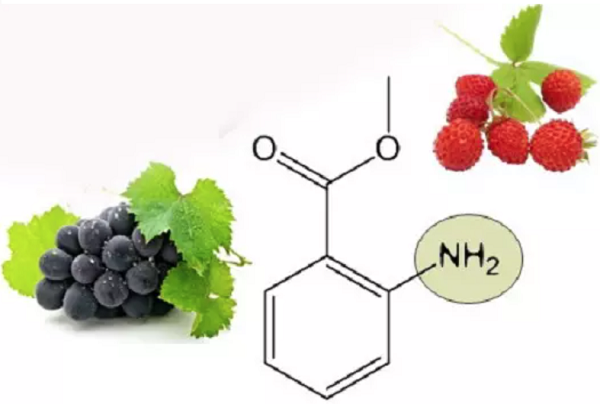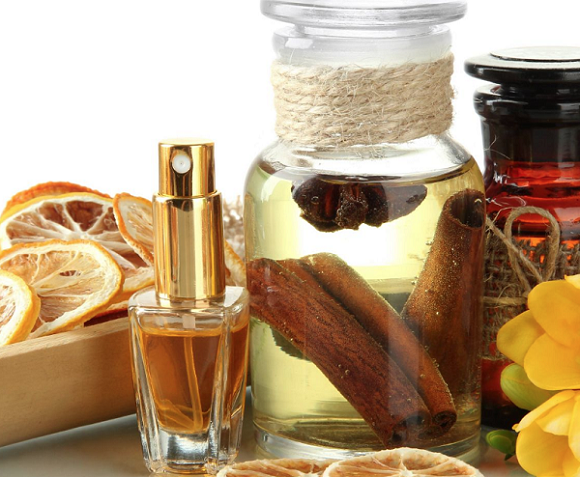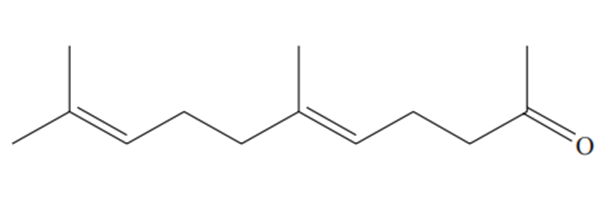Flavors and fragrances
More
Less
Fragrance or spice refers to the material with an aromatic odor itself. Most of the pastries and cookies can be added with spices and fragrances in order to improve or enhance the aroma and flavor. These spices and fragrances are called flavoring agent. Spices, according to different sources, can be divided into natural and artificial spices. Natural spices also include animal and vegetable spices with food production mainly using vegetable spices. Artificial spice is compound made from the synthesis reaction of raw materials including petrochemical products and coal tar products. Fragrance is compound spices made from several or dozens of spices via diluent blending. Strictly speaking, spices generally refer to the raw material used for making fragrance and are rarely used directly in food. Fragrance is instead an important raw material directly used to increase the food flavor.
The food flavoring process is a complex project. It is not simply a composite of several fragrances, but also involves many factors such as whether this fragrance can be merged with food substrate material; whether it is acid resistant, heat resistant; whether it can keep stable during the process of sterilization and preservation, etc. Moreover, because of the different sources and purities of spices in different categories of fragrances, even for the same kind of fragrance, the usage amount in the same product can be quite difference and should be paid great attention. Generally speaking, for the liquid food, the total amount of various kinds of fragrances should not exceed 0.1% with <0.05% being appropriate. However, for solid product, the amount should be kept at about 0.1%.
